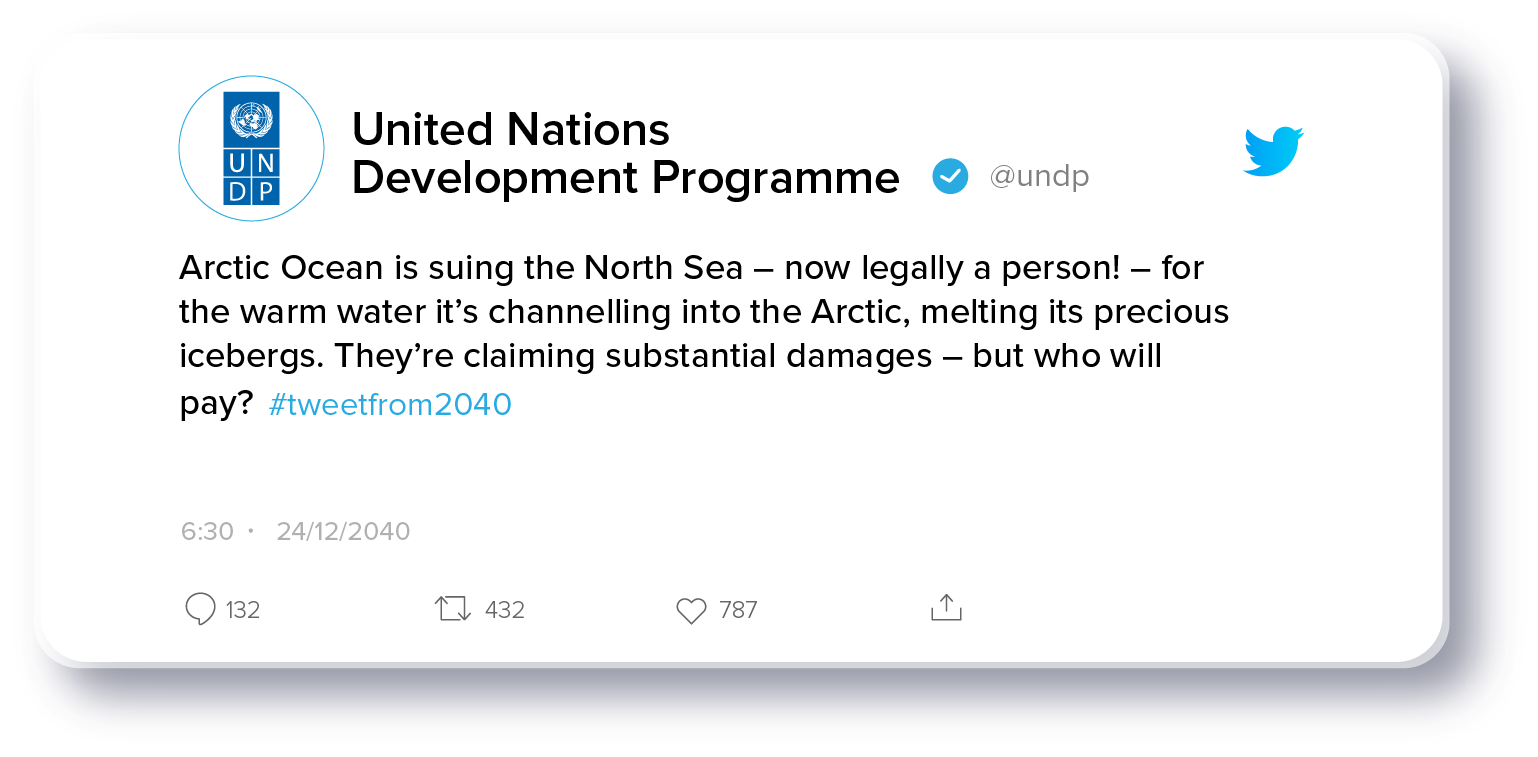Theme 2
Can the courts
save us?
The law is increasingly being invoked to protect the rights of nature, with recent court rulings leading to policy shifts by public and private institutions (though not all in the same direction). Now the rights of future generations are being asserted, too. The Intergovernmental Panel on Climate Change recognized in 2022 that climate-related litigation has, in some cases, influenced the outcomes and ambition of climate governance - but are the courts a last recourse or the new frontier for climate justice?
Signals
Climate change-related litigation cases worldwide have more than doubled since 2015. Over 1,200 cases have been filed in the last eight years in almost 60 countries. There is an increasing use of international bodies. Vanuatu is leading a group of Pacific island nations taking climate change to the International Court of Justice [21].
Litigants are increasingly arguing on grounds of intergenerational equity. Nepal’s Supreme Court declared climate action necessary to ensure intergenerational justice [22]. The German Constitutional Court in 2021 ordered the legislature to set more ambitious greenhouse gas reduction targets [23], deciding that the burden of reductions had been unfairly placed on future generations. In 2022 young plaintiffs filed a new challenge [24], arguing that the latest evidence of climate change meant these increased targets would still fail to protect their rights.
The UN General Assembly declared access to a clean, healthy and sustainable environment a universal human right [25].
We are also seeing the continued expansion of legal rights to ecosystems and natural resources, since Ecuador became the first country [26]to formally recognize and implement the “rights of nature”, in 2008, and Colombia gave legal personhood to the Atrato River [27] in 2016 in recognition of indigenous communities’ biocultural rights. In 2022 India’s Madras High Court ruled that “mother nature” has the status of a legal person [28], with “all corresponding rights, duties and liabilities of a living person.” Europe’s largest saltwater lagoon, the Mar Menor [29], was also given legal personhood. Panama [30] adopted a Rights of Nature law. Sporting group Ocean Race proposed the oceans be given legal rights [31] under a Universal Declaration of Ocean Rights.
But the courts haven’t always sided with plaintiffs in support of more ambitious climate action or biodiversity protection. The US Supreme Court curbed the Environmental Protection Agency’s power [32] to regulate carbon emissions from power plants.
Trends
- Growing concern for future generations
- Increase in climate litigation
- Climate activism expanding
Illustrative Signals
Vanuatu is leading a group of Pacific island nations taking climate change to the International Court of Justice (ICJ)
India’s Madras High Court ruled that “mother nature” has the status of a legal person
German Constitutional Court ordered the legislature to set more ambitious greenhouse gas reduction targets
So what for development
Whether litigation can significantly influence climate governance is not yet clear, but more and more plaintiffs seem to think so. In Germany, at least, it delivered more ambitious goals: lawmakers raised the GHG reduction target for 2030 from 55% to 65% and advanced the target year for carbon neutrality from 2050 to 2045.
The legitimacy and efficiency of the courts matter. Litigation may not be a promising route in countries with weak judicial capacity, while activists are unlikely to make use of the courts if the judiciary is not trusted.
Action in international, rather than national, courts, may offer a new venue for a conversation about justice and who is responsible for harm across borders (for example, when the smokestack and the flooding island are far from each other, or a river flows through several countries), or who bears the responsibility for future generations.
Giving legal rights to nature and future generations is one step towards greater protection, but translating these into action to protect natural resources or future generations may be harder. There may be few precedents [33] for how to do so.
Financing may be a barrier to less well-funded local groups taking action to enforce these rights against powerful companies or governments. Enforcing rights and decisions at supra-national level may be an especial challenge.
Could the courts be a means to force change in other areas of development? Could legal rights for nature lend new strength to animal rights? Combined with technological advances like lab-grown meat [34], what might that mean for the food, medical and other industries?
Imagining the future
What might our world look like in 2040?
Fictional snippets from a possible future!


 Locations
Locations

